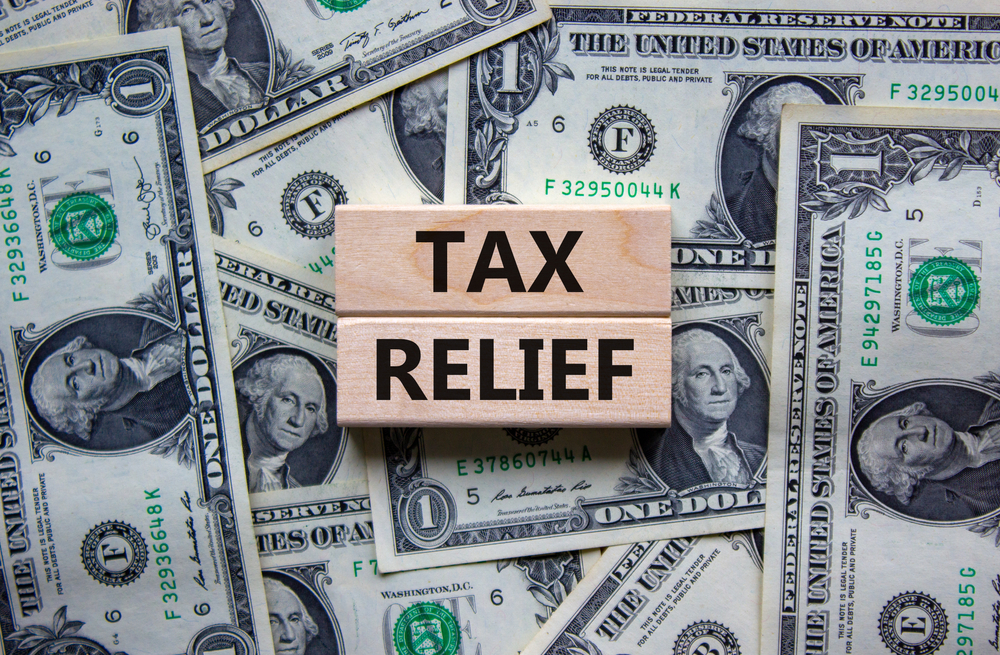Taxation is an integral part of a nation’s financial structure, providing the necessary funds for public services and infrastructure. However, the burden of taxes can be quite high for individuals and businesses, particularly during periods of economic hardship. To aid taxpayers, governments offer various types of tax relief. Understanding what tax relief is, how one can qualify for it, and where to find it can be essential for financial planning.
What is a tax relief?
Tax relief, also known as tax breaks or tax incentives, is a reduction in the amount of tax that an individual or business owes to the government. These reductions can take the form of deductions, credits, exemptions, or rebates. Deductions reduce the taxpayer’s taxable income, while credits decrease the tax owed dollar for dollar. Exemptions remove a certain portion of income from taxation entirely, and rebates are refunds on taxes already paid.
The purpose of tax relief is to stimulate economic growth, encourage certain types of economic activity, or provide financial relief to taxpayers in challenging financial situations. For example, a government may offer tax relief to encourage businesses to invest in renewable energy, or to help homeowners who are struggling to pay their property taxes.
Tax relief qualifications
Eligibility for tax relief depends on various factors and differs for each type of incentive. Some common qualifications include income level, marital status, number of dependents, type of employment, and specific expenses.
For instance, to qualify for a child tax credit, you must have a dependent who is under a certain age. If you’re a small business owner, you may qualify for tax relief if you invest in certain areas, such as research and development, or if you hire from certain disadvantaged groups.
Moreover, some types of tax relief are only available to those who itemize their deductions, rather than taking the standard deduction. This often includes things like mortgage interest, state and local taxes, and charitable contributions.
Additionally, disaster tax relief is available for individuals and businesses affected by federally declared disasters. This relief may allow taxpayers to claim losses on their federal income tax return that they would otherwise not be able to claim.
Where can I find tax relief?
Tax relief can be found in various places, but the most direct source is the tax code of your country. In the United States, for example, information about federal tax relief is available from the Internal Revenue Service (IRS).
Taxpayers can also find information about tax relief programs on the websites of their state or local tax departments. These entities may offer tax relief options that are separate from, or in addition to, federal programs.
Another source of information about tax relief is a tax professional or financial advisor. These individuals can provide advice tailored to your specific situation and can help you understand the potential benefits and drawbacks of different tax relief options.
In addition, there are companies that specialize in tax relief services. They can negotiate with the IRS on your behalf to reduce or eliminate your tax debt. However, it’s important to research these companies thoroughly, as some may make unrealistic promises or charge high fees.
In conclusion, tax relief is a tool used by governments to stimulate the economy, encourage certain behaviors, or provide assistance to taxpayers in financial distress. Qualifying for tax relief can depend on a variety of factors, including income, marital status, type of employment, and specific expenses. Information about tax relief can be found through government sources, tax professionals, and tax relief companies. By understanding tax relief and how to qualify for it, individuals and businesses can potentially reduce their tax liability and better manage their financial situation.


